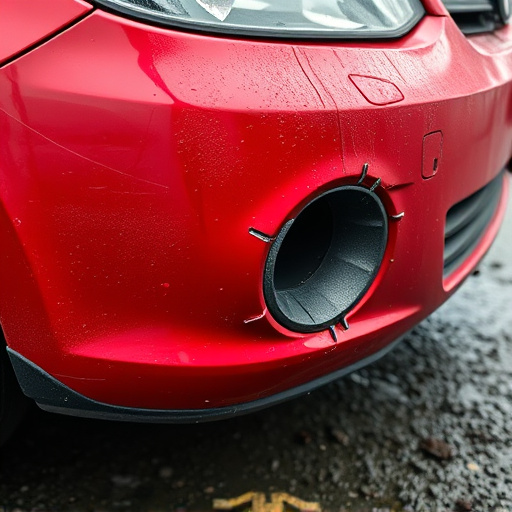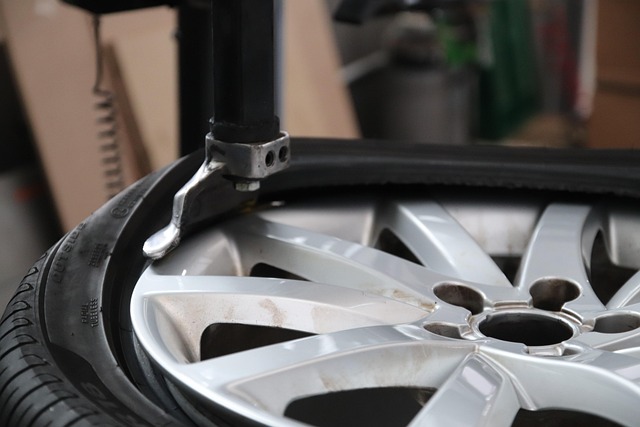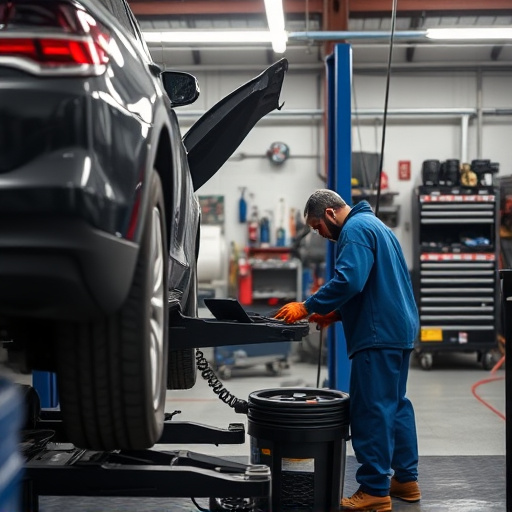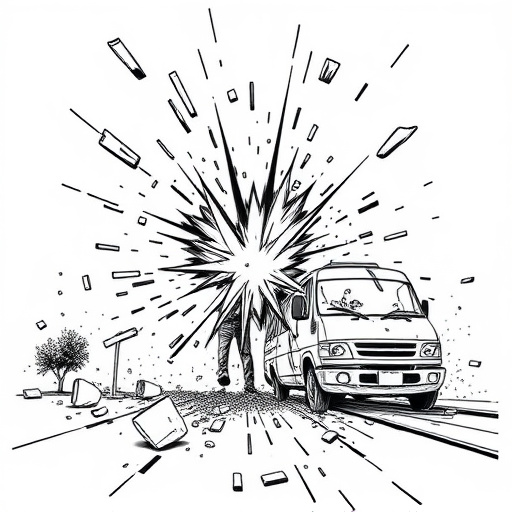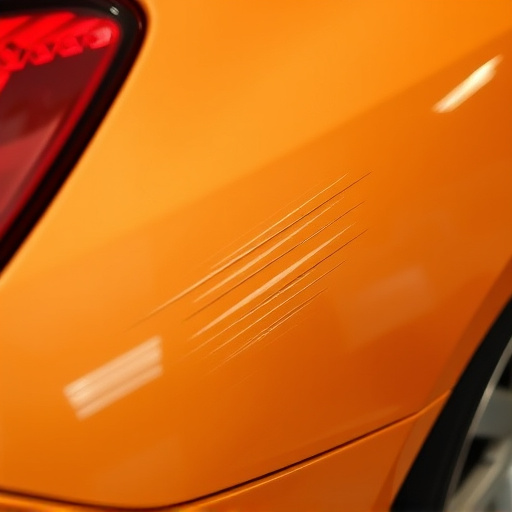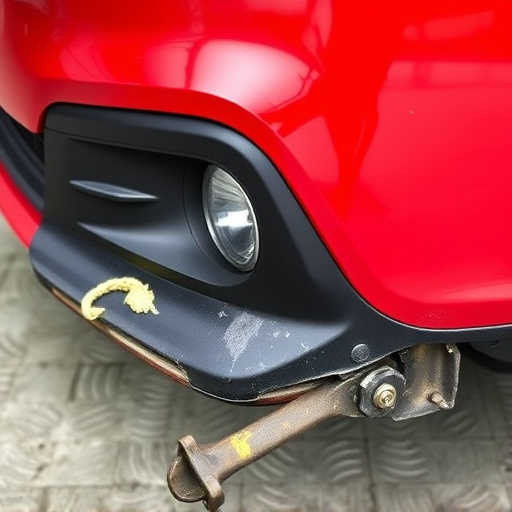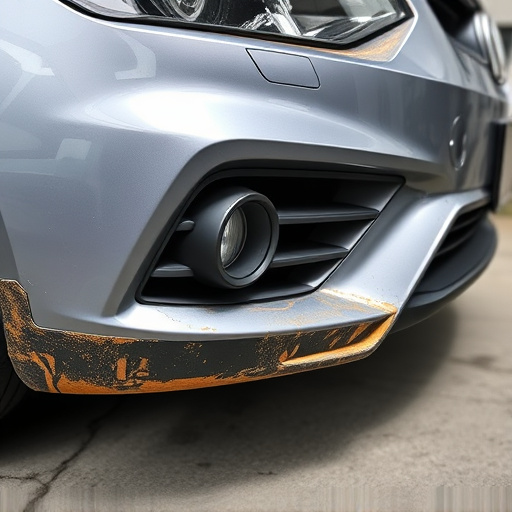Passenger van body repair is a specialized field focused on restoring commercial vehicles' structural integrity after accidents, going beyond cosmetic fixes. Experts use advanced techniques like laser alignment and CAD to accurately replicate original structures, enhancing safety and aesthetics. This meticulous process involves fender repair, panel alignment, replacing damaged parts, and re-sealing, ensuring improved visibility and stability. Adhering to industry standards and using certified centers is crucial for optimal maintenance, reducing accident risks, and extending the van's lifespan.
In the realm of transportation safety, passenger van body repair plays a pivotal role. This comprehensive overview delves into the intricate process and its impact on maintaining rigorous safety standards. From understanding the complexities of van construction to exploring the precise techniques employed in repairs, we uncover how skilled craftsmanship ensures passenger protection. Effective maintenance strategies are then scrutinized, highlighting their profound effect on enhancing overall vehicle safety and reliability for everyday use. Key focus lies in the significance of passenger van body repair as a game-changer in mitigating risks and fostering a safer transportation network.
- Understanding Passenger Van Body Repair: A Comprehensive Overview
- The Role of Body Repair in Ensuring Safety Standards
- Impact and Considerations for Effective Passenger Van Maintenance
Understanding Passenger Van Body Repair: A Comprehensive Overview
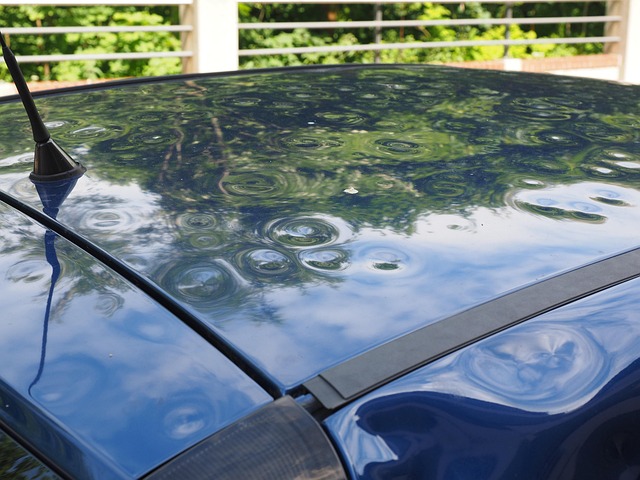
Passenger van body repair is a specialized field within the automotive industry, focusing on the restoration and reinforcement of commercial passenger vehicles after accidents or damage. These vans, often used for transporting people and goods, require robust and precise bodywork to ensure safety standards are met. The process involves not just fixing visible dents and cracks but also addressing structural integrity, which is crucial for preventing future accidents and protecting occupants in case of a collision.
Comprehensive understanding of vehicle bodywork, including frame straightening and panel replacement, is vital for professionals in this domain. They employ advanced techniques such as laser alignment and computer-aided design (CAD) to accurately replicate the original structure. This meticulous approach not only enhances aesthetics but also strengthens the van’s overall safety profile, aligning with industry standards and regulations. Automotive collision repair experts continuously update their skills to incorporate new technologies and best practices in passenger van body repair.
The Role of Body Repair in Ensuring Safety Standards
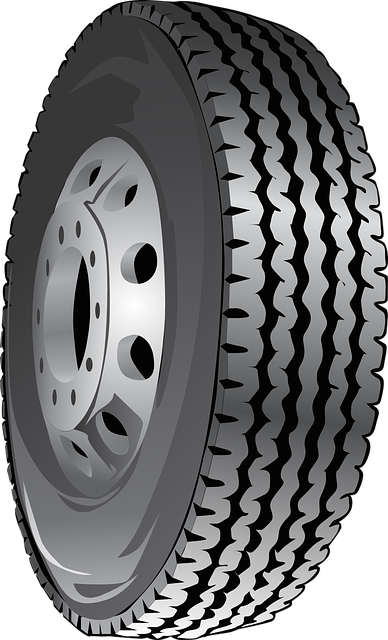
The process of passenger van body repair plays a pivotal role in upholding and enhancing safety standards within the automotive industry. A well-executed repair ensures that every component of the vehicle’s exterior is restored to its optimal condition, thereby maintaining structural integrity. This is particularly crucial for vans, which often serve as workhorses for various businesses, transporting goods and passengers alike. Skilled technicians in an automotive body shop meticulously assess and address dents, dings, and cracks, ensuring that no repairs are overlooked.
Proper auto body work includes not just fender repair but also aligning panels, replacing damaged parts, and re-sealing to prevent water ingress. These measures contribute significantly to the overall safety of the vehicle by maintaining its structural stability, improving visibility, and preventing potential failures that could compromise passenger safety. By adhering to strict standards during repairs, an automotive body shop can help extend the lifespan of a van while guaranteeing its safety on the road.
Impact and Considerations for Effective Passenger Van Maintenance
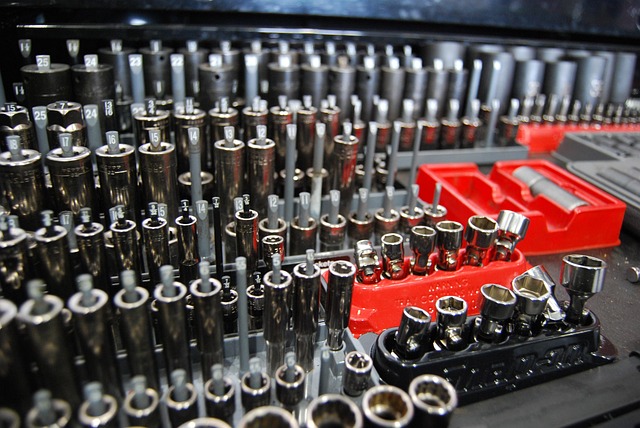
Maintaining passenger vans involves more than just routine servicing; it’s a critical aspect of ensuring safety for all occupants. Regular and effective passenger van body repair plays a pivotal role in preserving structural integrity, which is paramount after vehicle collision repair. Skilled technicians must meticulously assess and address any damage, using advanced tools and techniques to restore the van’s original strength and stability.
Considerations for optimal passenger van maintenance include adhering to manufacturer recommendations for service intervals, utilizing genuine spare parts, and employing certified collision repair centers. A well-maintained van not only enhances performance but also significantly reduces the risk of accidents by ensuring every component, from the chassis to the body panels, functions optimally. This proactive approach to collision repair center services can save lives and minimize potential hazards on the road.
Passenger van body repair is a critical aspect of maintaining safety standards in commercial vehicles. By understanding the comprehensive overview and role of body repair, fleet managers can ensure that their vans meet regulatory requirements while enhancing overall safety. Effective maintenance through proper repairs not only extends the lifespan of these vehicles but also plays a pivotal role in preventing accidents and protecting passengers. Investing in quality body repair services is a game-changer for keeping roads safe and reducing risks associated with aging van fleets.
